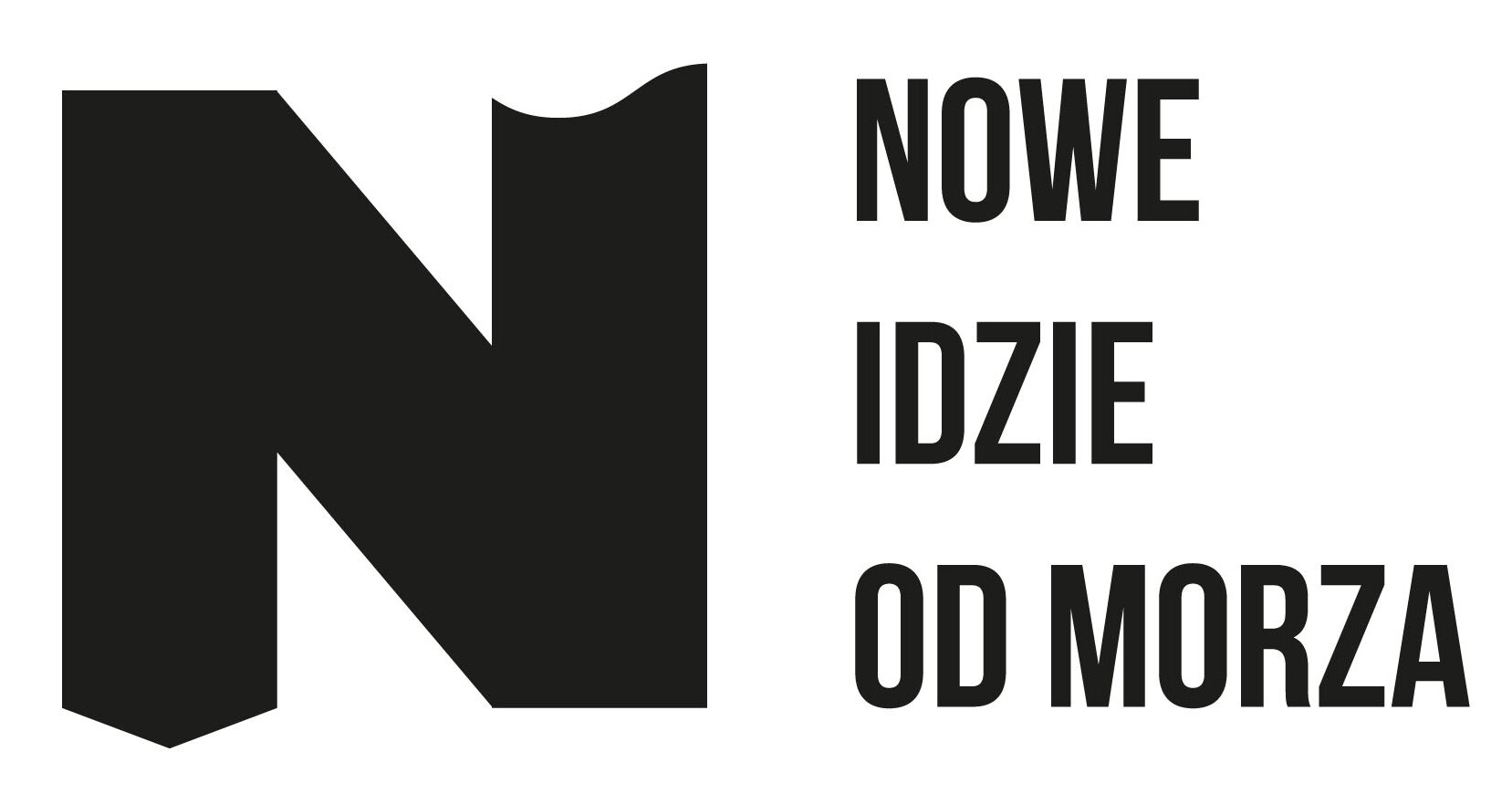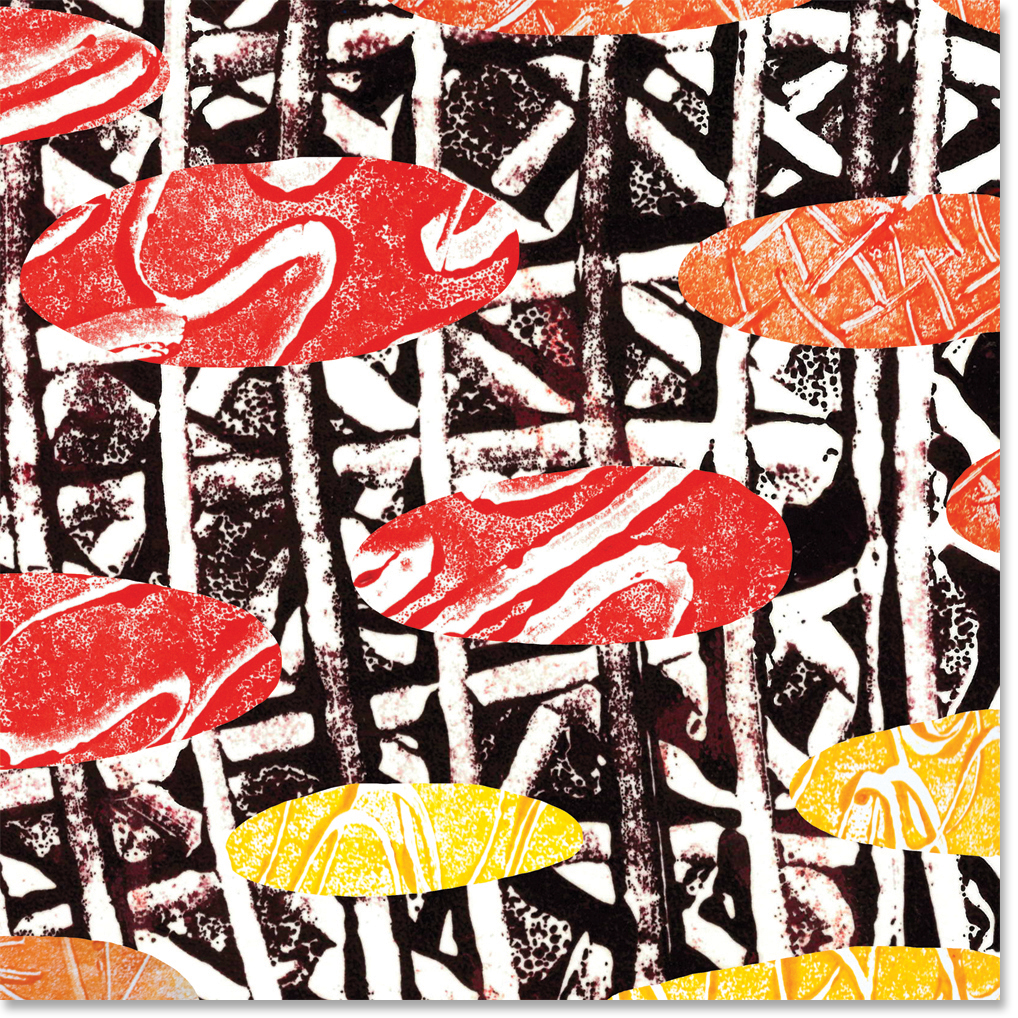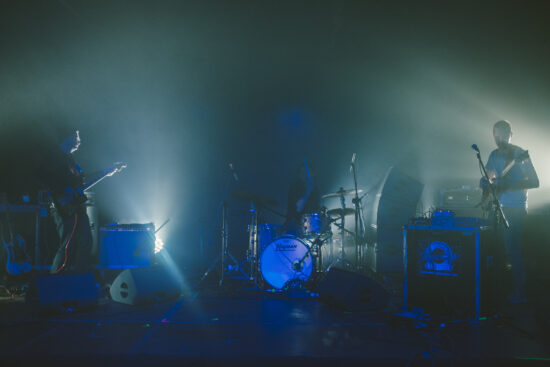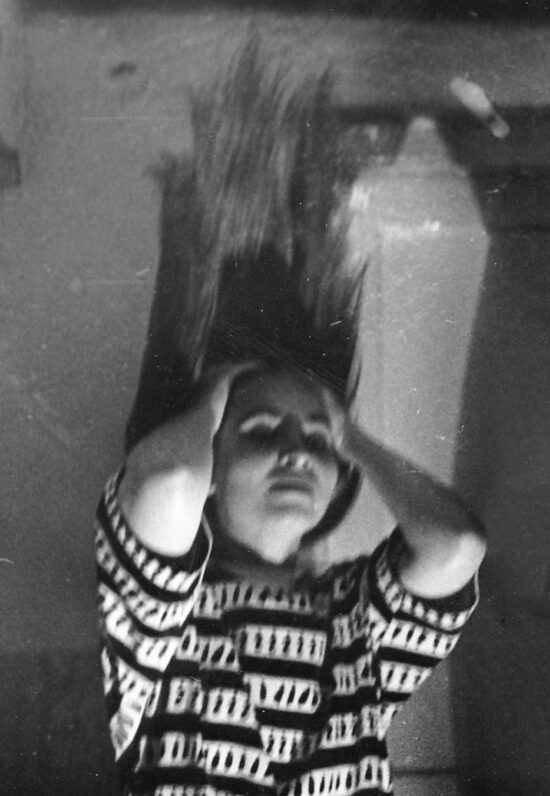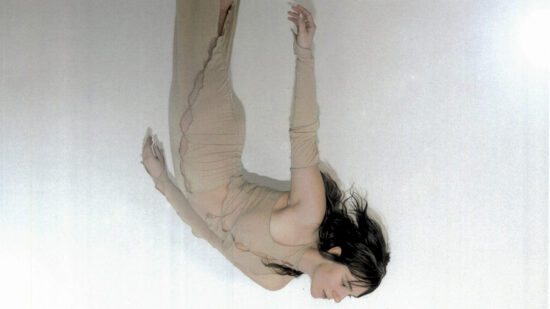In spite of its near mathematical precision, Sequence is light and spontaneous. The simplicity and self-limitation are captivating, as is the palette of sounds offered by the drums, which Rattle are able to spontaneously and beautifully reveal to us anew.
Translation: Aleksandra Szkudłapska
In three years’ time, it will have been half a century since Steve Reich composed “Drumming”, but the sound of drums unaccompanied by other instruments is still experiencing a renaissance. Rattle, a duo hailing from Nottingham, have been exploring this peculiar use of two drum kits with minimalist vocals for seven years now (although their debut album was only released in 2016).
Sequence, Katharine Eira Brown’sand Theresa Wrigley’s sophomore record, is another display of their pared-down sound and mutual interaction. One of its elements is the meticulous division between instruments in order to ensure a selective sound and avoid overlapping – Theresa plays cymbals, the hi-hat, cowbell, snare drum and floor tom, and Katherine the bass drum, toms and the snare drum. You may catch yourself thinking that there is in fact one person behind the drum set, but the diverse and very dense rhythms soon dispel the illusion. Compared to their debut album, in these four new tracks, each of which is around 10 minutes long, Rattle further reduce their sound, extend the form, and manage to squeeze in even more content. The mantra-like opening of “DJ” drives the persistently increasing repetition, ultimately leading to a counterpoint, resonating vocals and deconstruction. In “Disco”, the title cheekily plays with our associations: the hi-hat and cacophonous polyrhythm, typical of the disco genre, are slowed down, taking on a more ritual, steady, and even tribal character, interestingly enhanced by Brown’s ethereal vocals. You really have to listen deeply to the beats, get a feel for the resonating low bass, and the reverberating, gentle singing, especially in the second part, when – slowly broken off – the voice disappears somewhere in the background.
This analysis of the potential of drums and its intervention into silence culminates in “Signal”, when we finally hear the long-awaited sentence: put your ear to the ground / it’s an incredible sound. This is the key to Rattle’s music: pay attention to details, listen to the drums in a different way than before – at last, this is no longer just the rhythm section, but an amazing, autonomous sound. As obvious as this might seem, the duo demonstrates how an instrument deprived of all ornamentation, effects, and the rock ethos of mayhem may be fascinating because of going back to the roots and exploring acoustic potentials. “Post-Reich” is the adjective I’d use to describe Rattle, but with their use of vocals, they remind me of Sweden’s Wildbirds & Peacedrums, who are similarly minimalist, albeit more song-oriented. The repetitions and musical trance evoke New York’s trio Tigue, and the reductive aspect brings to mind Nissenenmondai, although the Tokyo trio prefers the 4/4 metre. Brown and Wrigley do weave their ideas into songs, but not the radio-friendly ones with catchy lyrics and smooth transitions between verse and chorus. If their music is ‘song-like’, it’s because of the entrancing rhythm that stays in your head, playing with silence or polyphonic singing, which in “Signal” gives some advice for all those who feel a fascination towards the drums: go on and hit it head on / come on and hit it head on.
In spite of its near mathematical precision, Sequence is light and spontaneous. There is no calculation here, just youthful enthusiasm, and a journey into unknown sonic potentials, which are being discovered as if by chance. The simplicity and self-limitation are captivating, as is the palette of sounds offered by the instrument, which Rattle are able to spontaneously and beautifully reveal to us anew.
LISTEN: 🎵 Spotify 🎵 Tidal 🎵 Apple Music
Rattle, Sequence, Upset The Rhythm.
